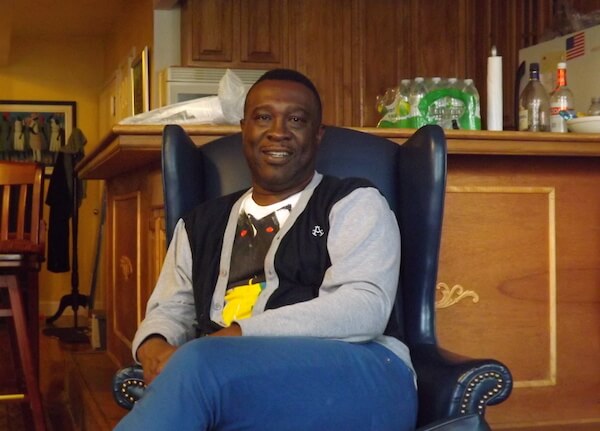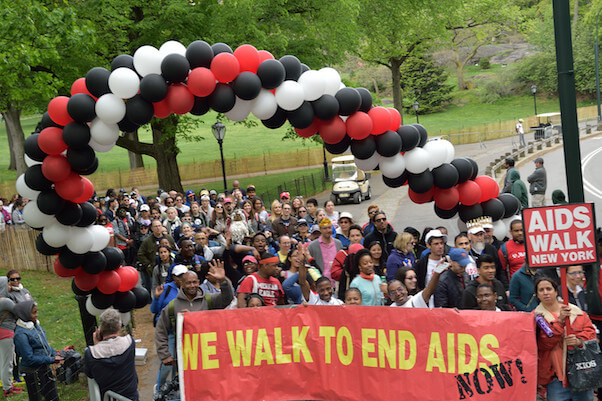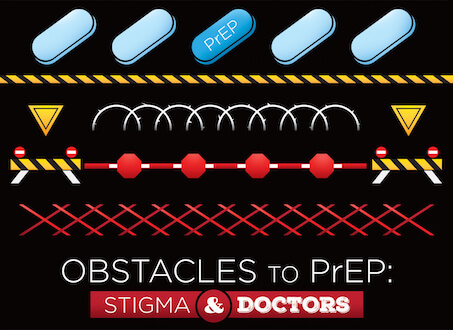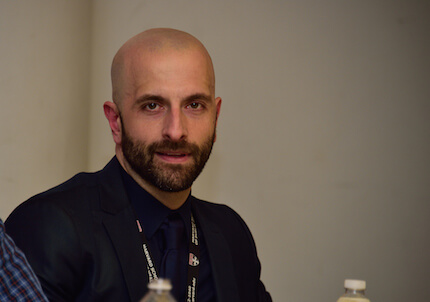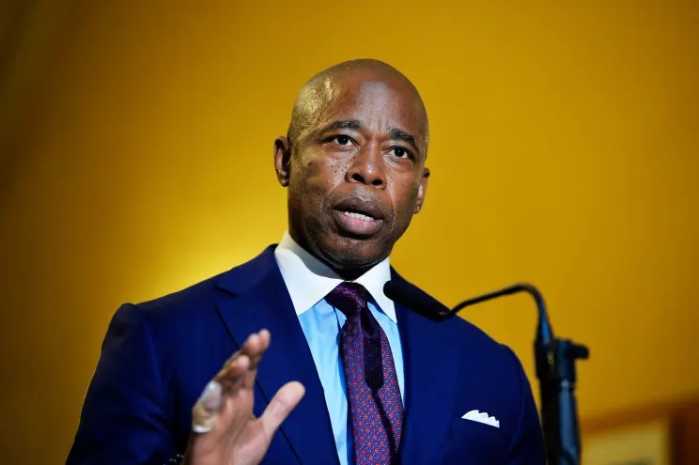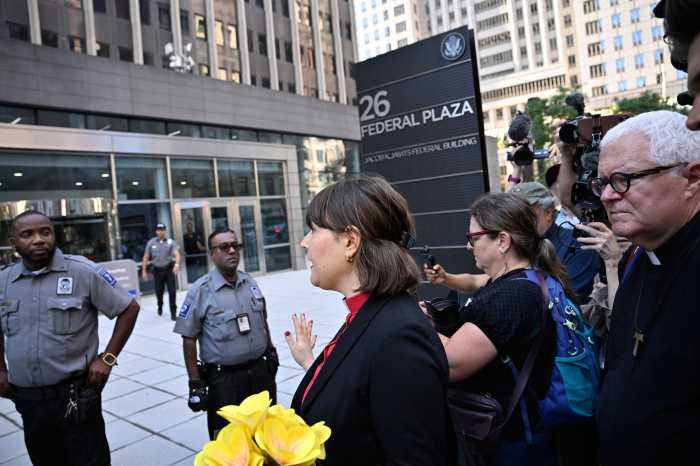Gary English, who heads up Get It Get It, a new HIV prevention group serving black gay men. | DUNCAN OSBORNE
While a state program that pays for a drug regimen that prevents HIV infection currently has just under 1,400 New Yorkers participating, it is lagging in enrolling African-American men, a population that will have to see substantial declines in new HIV infections if the state is to meet its goal of significantly reducing new cases of HIV.
“We have to get the word out,” said Gary English, who once headed People of Color in Crisis, a now-closed New York City AIDS group, and is now the executive director of Get It Get It, a new HIV prevention group serving black gay men. “We have to make sure that men who are at high risk know that they can get PrEP through Medicaid and through New York State… If not, we’re going to have a problem come 2020. Let’s do it now rather than later.”
PrEP, or pre-exposure prophylaxis, is a once-a-day pill that prevents HIV-negative people from becoming infected with the virus. It is highly effective when taken correctly.
Albany prevention effort pattern mirrors stubborn infection rates among gay, bi African Americans
Since January 2015, the state PrEP Assistance Program has received 2,129 applications and has 1,378 enrollees as of September of this year, according to data from the state health department. Those who left the program found coverage elsewhere, the department said.
Seventy percent of the enrollees are uninsured, 94.6 percent are men, 95 percent are single, and just under 70 percent live in New York City. Slightly more than 70 percent are 35 or younger and 14.5 percent are younger than 25. The most telling statistic is that 36 percent of the enrollees are white, 37 percent are Latino, 14 percent are African-American, and eight percent are Asian.
In 2014, Governor Andrew Cuomo and Mayor Bill de Blasio separately endorsed the Plan to End AIDS, which aims to reduce new HIV infections in the state from the estimated 2,481 in 2014 to 750 annually by 2020.
With most new HIV infections in the state occurring in New York City and most of the new infections in the city happening among African-American and Latino gay and bisexual men, the plan will not succeed if it does not reduce new HIV infections among those men. Recognizing this, the city has set its own goal of reducing new HIV infections to 600 a year by 2020.
PrEP is just one component of the plan and the state data on enrollment is just one indicator of the plan’s progress. The plan also uses post-exposure prophylaxis (PEP), anti-HIV drugs used by HIV-negative people who have a recent exposure to the virus to prevent infection. The plan provides stable housing, nutrition, and other services for HIV-positive people and treats them with anti-HIV drugs so they remain healthy and cannot infect others.
There were an estimated 1,541 new HIV infections in the city in 2016 and 1,172, or 76 percent, were among men who have sex with men (MSM), according to a city health department report that was released on November 29. The nine percent decline in estimated new infections among gay and bisexual men in 2016 over 2015 is generally consistent with declines seen in other recent year-to-year comparisons.
While new HIV diagnoses, which could have resulted from infections in 2016 or earlier, declined among white, black, and Latino men — MSM and otherwise — last year over 2015, the declines were greatest among Latino and white men. New HIV diagnoses are only an approximation of new HIV infections.
There were 2,279 new HIV diagnoses in the city in 2016. In 2016 over 2015, new HIV diagnoses among all black men fell from 745 to 689 for an eight percent decline, from 759 to 611 among all Latino men for a 19 percent decline, and from 386 to 323 among all white men for a 16 percent decline. New HIV diagnoses among Asian Pacific Islander men increased to 125 in 2016 compared to 101 in 2015.
The city will have to see consistent double-digit declines in these groups every year over the next four years to get to 600 new HIV infections in 2020.
“New York State has rapidly become the national leader in ending the HIV/ AIDS epidemic thanks to the leadership of Governor Cuomo,” the state health department said in a written statement. “PrEP is a key component of the Governor’s efforts to end the epidemic by 2020, and New York has taken a number of steps to expand access to it.”

